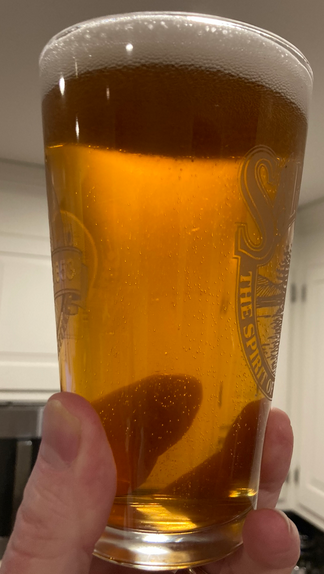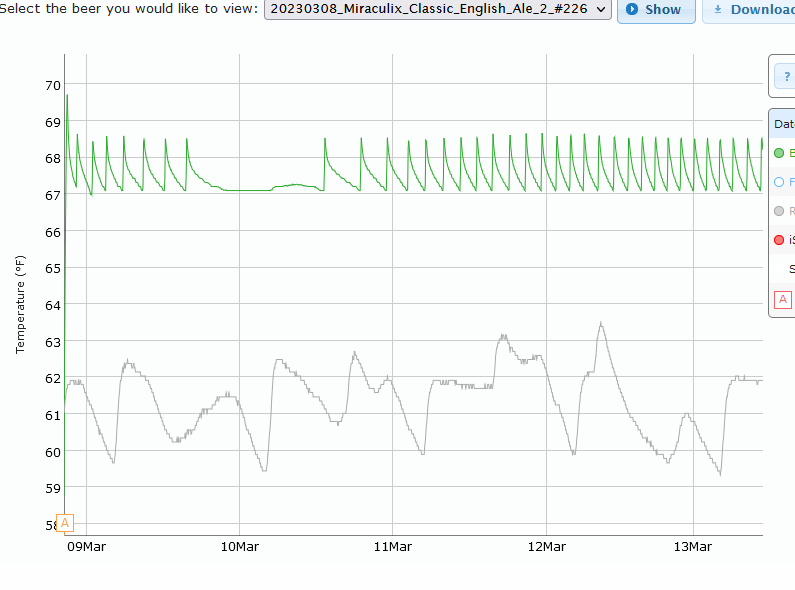Miraculix
Well-Known Member
For the ak, both should work well. Chevallier will leave a lot more flavour so I would probably prefer this. A chevallier smash would make a lovely and complex ak.I'm planning out my grain buys for the Spring brewing season and debating whether to use chevallier in place of Maris Otter or Golden Promise in your AK recipe as well as an Irish Red and a London Pride. Curious as your opinion on strong and weak points for each in these brews.
Also, when looking at chevallier the data stated Diastatic Power at 60 degrees Lintner. Would that be his enough to self-convert a 100% grist?
London pride-ish should also work well with chevallier. Irish red, I don't know. Irish red is clean and crystal is not present or very very subtle. So I think mo or GP would probably be better for a modern Irish red. I don't know if there are historic recipes of Irish reds, these would probably be more authentic with the chevallier.





















![Craft A Brew - Safale S-04 Dry Yeast - Fermentis - English Ale Dry Yeast - For English and American Ales and Hard Apple Ciders - Ingredients for Home Brewing - Beer Making Supplies - [1 Pack]](https://m.media-amazon.com/images/I/41fVGNh6JfL._SL500_.jpg)







































